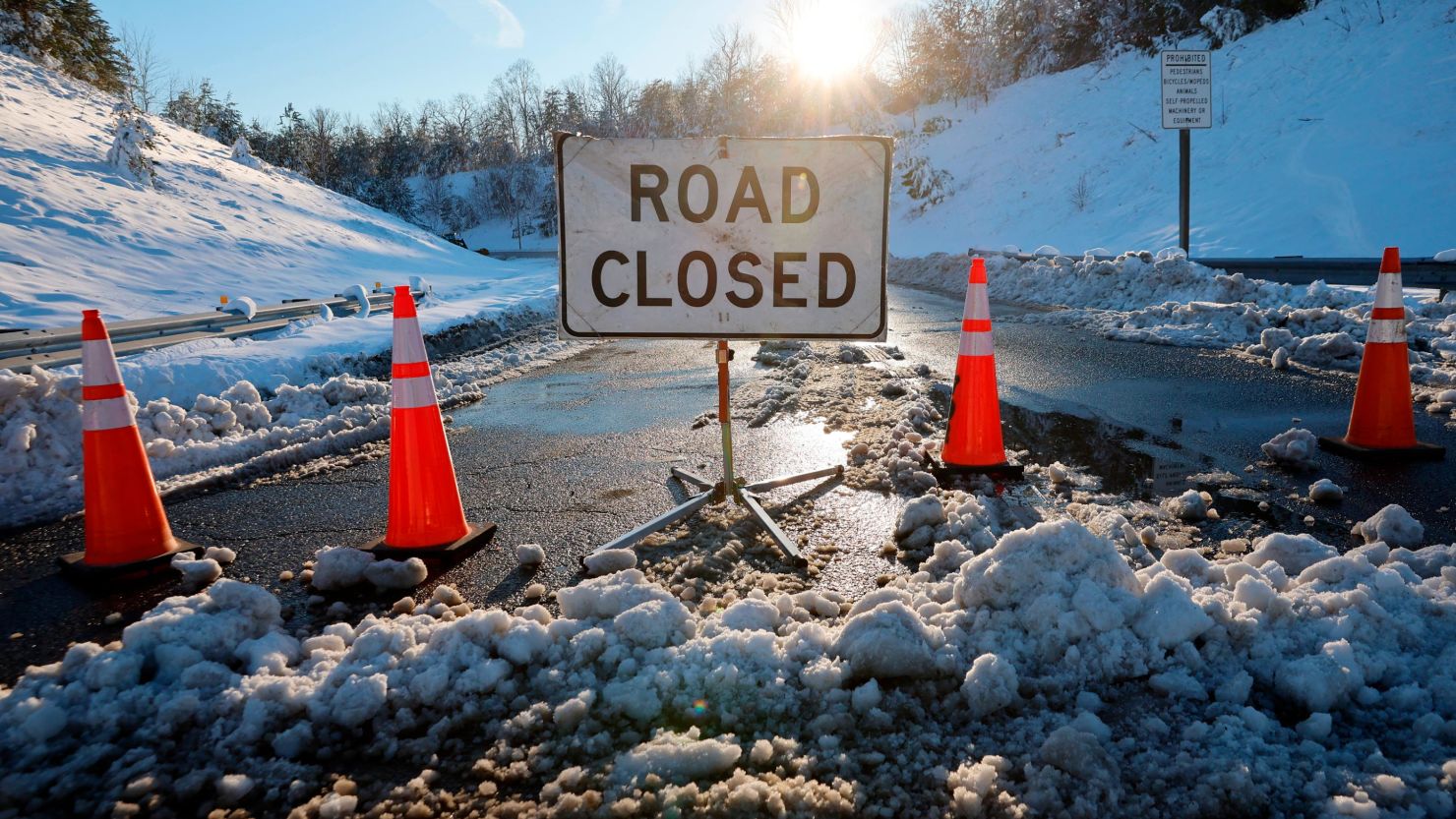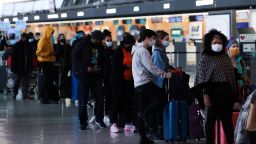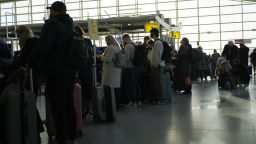Editor’s Note: Jill Filipovic is a journalist based in New York and author of the book, “OK Boomer, Let’s Talk: How My Generation Got Left Behind.” Follow her on Twitter. The opinions expressed in this commentary are solely her own. View more opinion on CNN.
Usually, a new year means a chance at renewal – new undertakings, new resolutions, new attempts to become some better imagined version of yourself.
Or, in the case of this year, new disasters, new frustrations and that “Groundhog Day” feeling of it being 2020 into infinity.
Yet again, a great many Americans rang in the new year at home in their pajamas, fearful of rising rates of Covid-19. But there are a few things that are fresh: There is the fresh hell of an unbelievable traffic jam on I-95 in Virginia, where hundreds of drivers were caught after a massive snowstorm arrived on Monday.
For hours, disabled trucks blocked traffic and ground all movement to a halt. Drivers, many with kids and pets in the car, went without food, water or bathrooms, some running out of fuel in freezing temperatures. Even Virginia Sen. Tim Kaine reportedly got stuck on the road in the kind of disaster you don’t expect to see on a major thoroughfare in one of the wealthiest countries in the world. It is January, after all – surely someone could have predicted there might be snow on the roads.
Drivers in Virginia aren’t the only ones stuck in transit. Thousands of flights have been canceled worldwide in a staggering air travel meltdown brought on by bad weather, staff shortages and an ongoing pandemic, leaving would-be fliers stranded and anxious to get home. (This weekend, I was among them.) After two years of travel hesitancy and empty airplanes, a much larger number of travelers decided to go see loved ones or experience something new for the holidays. They certainly paid the price. The frustration of being stuck away from home or (in my case) having a major airline completely cut off all flights from several different countries is certainly unfamiliar after two years of Covid-induced isolation, although probably not the kind of new experience people were hoping for from a long-awaited trip.
“2022: Like 2020, but with more disasters” isn’t how most of us hoped this year would go. But four days in, it looks like that’s where we’re headed.
I suppose there’s one bright spot: At least we aren’t launching into extreme diets and paying for gym memberships that will go to waste.
Instead of plans for a New You, the new year kicked off with a new Covid-19 variant, Omicron, which began its rapid global spread late last year and is now ravaging the United States. The good news is that Americans who are vaccinated and boosted seem quite resilient to Omicron – the unvaccinated are eight times more likely to wind up hospitalized than those who protected themselves, according to a study from the UK Health Security Agency. The bad news is that a critical mass of Americans isn’t vaccinated, which puts them at serious risk should they contact Omicron or any other Covid variant (Delta, by the way, is still on the move). And those unvaccinated Americans put all of us at risk, too, and not just because they are more likely to contract Covid in the first place: They’re filling up hospital beds and overwhelming health care systems, meaning that if you get into a car accident or need chemotherapy or knee surgery, you may have to wait for care.
Omicron also means we’re back to duking it out over schools, with parents in an impossible position: School closures and remote learning were a nightmare to which few parents want to return, but many also don’t want to risk exposing their children to a highly contagious variant. Plus, there are the basic logistics: How can schools stay open if too many teachers and staff members are sick? And these debates are happening in cities like New York, which at least have basic protections, like in-school mask mandates. In many other parts of the US, teachers are being forced to enter the classroom unprotected, and their districts and schools are barred from choosing to implement basic public health protocols.
Predictably, Covid spreads further and faster and with greater severity when the mitigation tools we have – vaccines, masks inside – are not used. Predictably, our lives continue to be badly disrupted. And frustratingly, we still lack the physical and human infrastructure we need, from adequate emergency response to affordable child care to safe schools to airlines that function (as opposed to ones that take taxpayer dollars only to cut jobs and radically decrease services to line shareholders pockets at travelers’ expense).
Soon, a huge number of parents could be back at home, Zooming into their kids’ classes while trying to work a full day themselves, everyone exhausted, depressed, and frustrated like it’s 2020 again. That is, if they ever get off of I-95.





